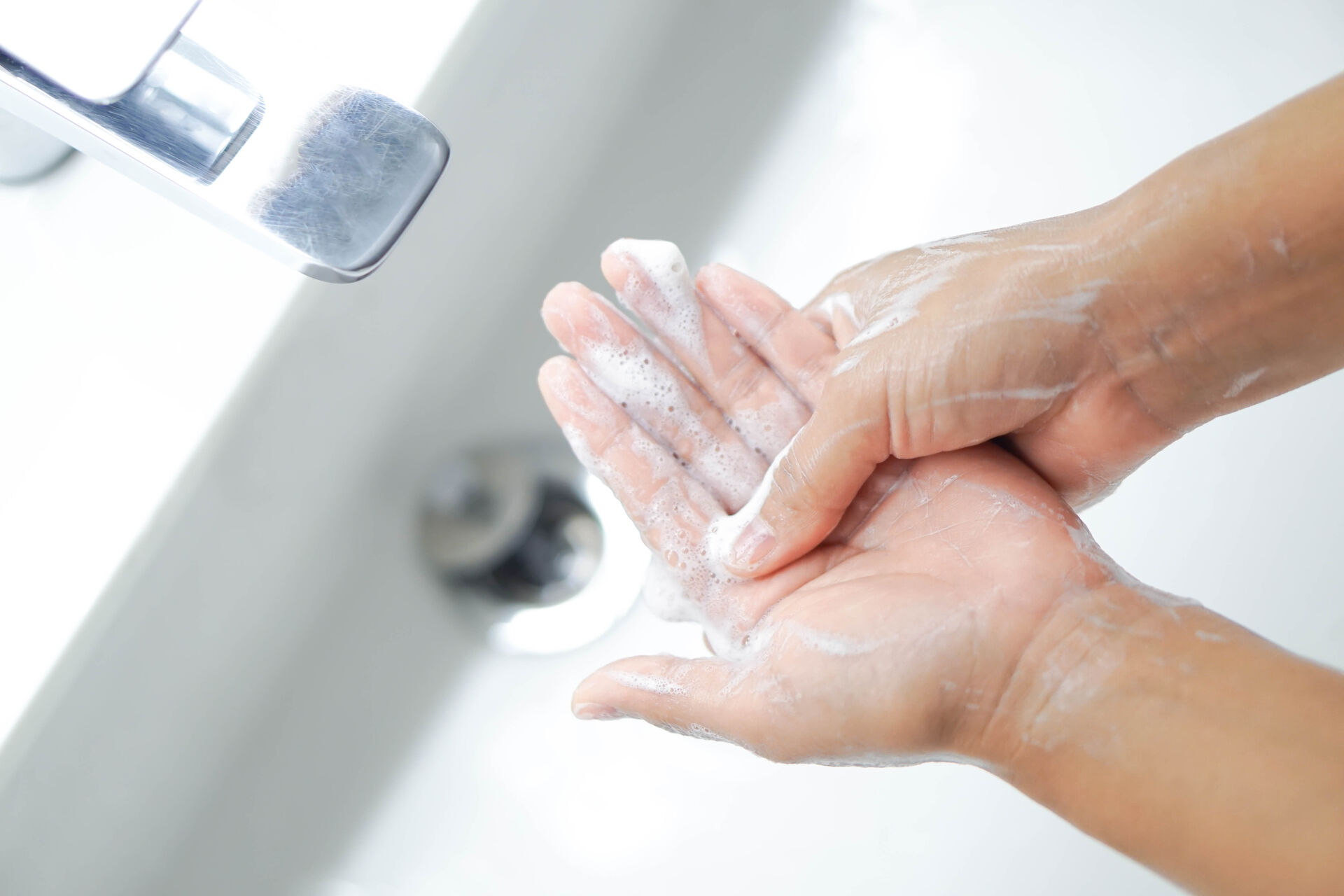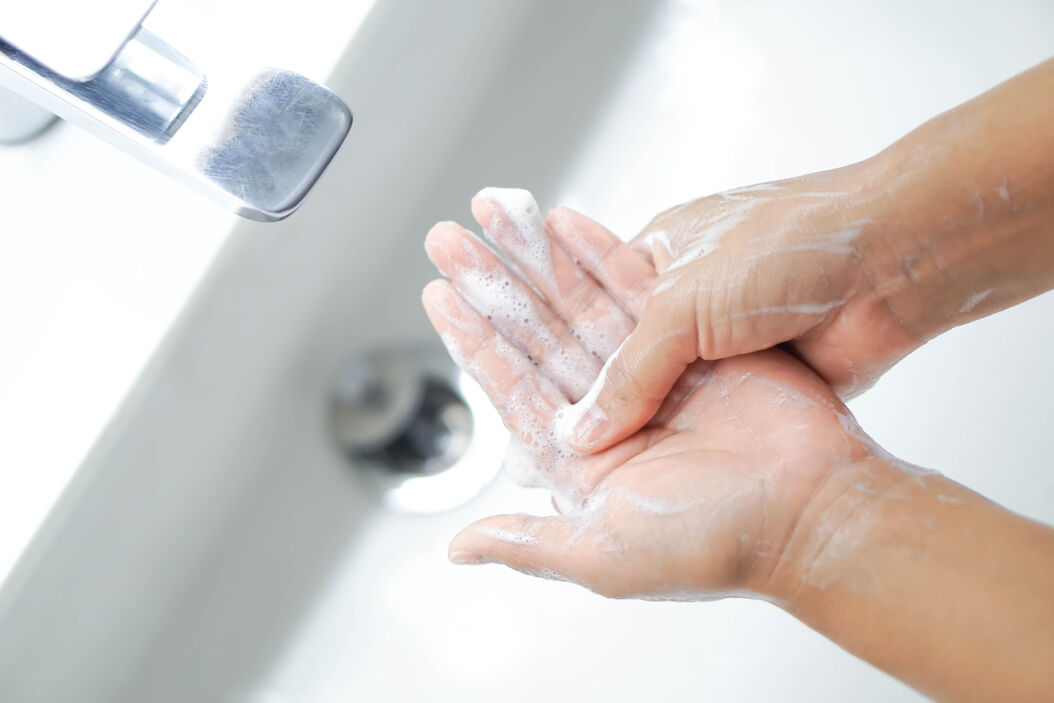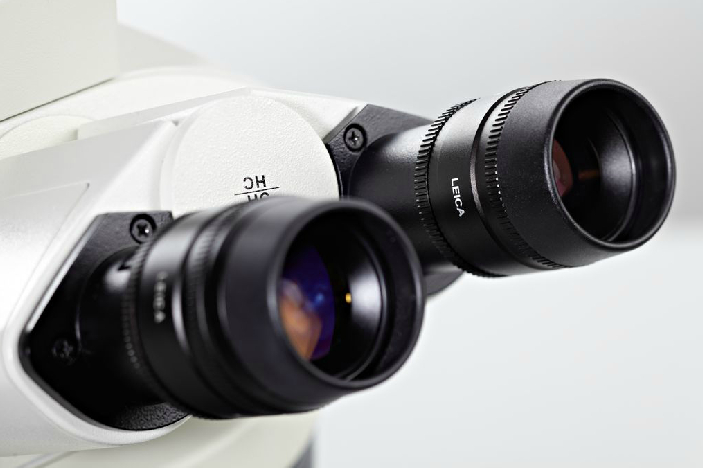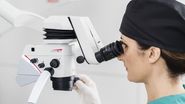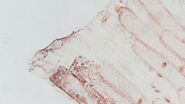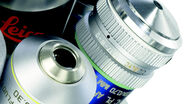N.B.: Leica Microsystems does not make any statement as to the suitability of sodium hypochlorite and other chlorine releasing compounds used in connection with Leica microscopes, as their use is outside of the manufacturer´s recommendations
Infectious agents
The surface of lab instruments, such as a microscope, can be contaminated with microorganisms coming from users or the specimen itself. For this reason, the user contact points, such as the eyepieces, focus knob, and microscope body, plus the computer keyboard and mouse, should be decontaminated regularly.
Infectious agents can be classified as follows with decreasing resistance to disinfectants (1 indicates the greatest resistance and 6 the lowest):
- Bacterial Spores
- Mycobacteria
- Non-enveloped Viruses
- Fungi
- Vegetative Bacteria
- Enveloped Viruses
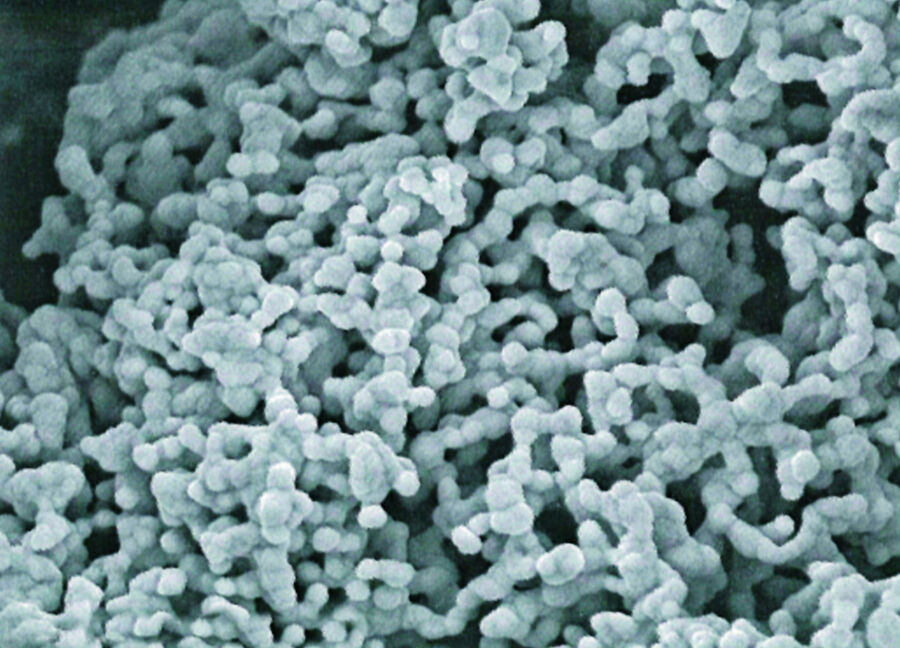
Bacterial spores are the most resistant against disinfectants. These dormant forms of bacteria are inactive and intended to survive very difficult, extreme conditions. Mycobacteria have a special cell wall which differs from other bacteria. They have a layer of mycol acids in addition to their normal cell wall, making them very resistant. Non-enveloped viruses don’t have a surrounding lipid bilayer, in contrast to enveloped viruses (such as the coronaviruses). The lipid bilayer can be destroyed by alcohols or even detergents, making the enveloped viruses easier to counteract. Vegetative bacteria do not have the special cell wall of bacterial spores and contain water, making them more susceptible to disinfectants. In addition, there are also infectious proteinaceous agents called prions.
Disinfection methods
The most efficient disinfection methods against microorganisms exploit heat. Examples are exposing a material to a flame or steam or boiling it in water. As it is not a good idea to do this with your microscope, significant damage can result, there are more gentle ways of disinfection.
Lab instruments and surfaces are commonly cleaned with liquids containing alcohols, aldehydes, chlorine compounds, phenols, and peroxides. The disinfection efficiency of a single component depends on its concentration in the liquid and contact time with the material. Moreover, different microorganisms have diverse tolerances to specific disinfectants. The Robert Koch Institute subdivides disinfectants into four subgroups:
A: kills vegetative bacteria, including mycobacteria, as well as fungi and their spores.
B: inactivates enveloped and non-enveloped viruses
C: kills anthrax spores
D: kills spores of gas edema and tetanus-causing bacteria
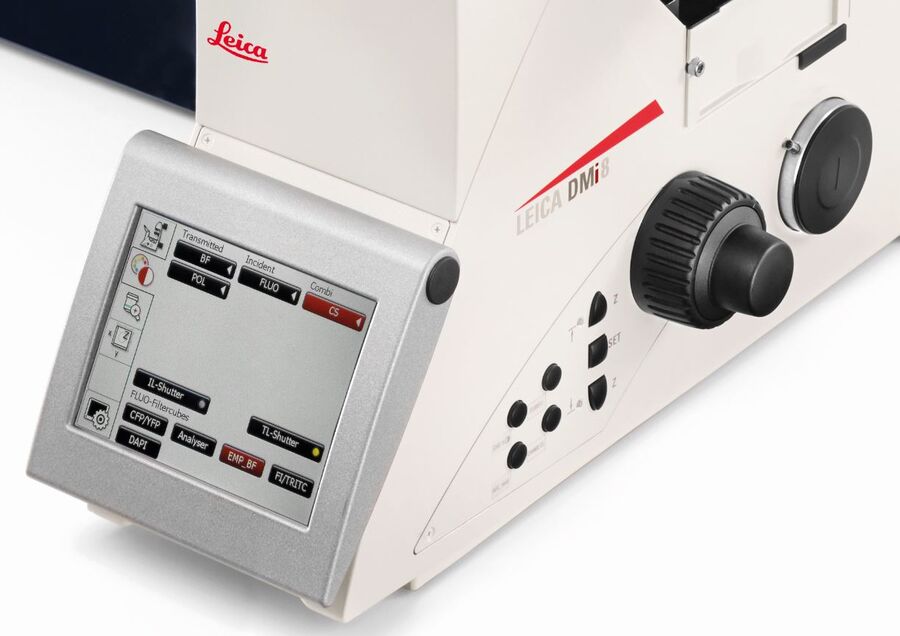
Keep in mind that not all components and materials of your microscope can resist chemicals. For example, rubbers, glues, plastic components, or surface coatings of optical components could be adversely affected by certain disinfectants.
Alcohols (ethanol, isopropyl alcohol) belong to group A of the above-mentioned disinfectants. They are effective against vegetative bacteria. It is known that materials like rubber or some plastic can be adversely affected by alcohols.
Aldehydes can be assigned to groups A and B. They are potent disinfectants. Nevertheless, aldehydes, such as formaldehyde, are harmful. Besides respiratory problems and skin irritations, they can also be cancerogenic. This fact is why formaldehyde, formalin, or other aldehydes, as well as cleaners based on them, are strictly prohibited by Leica Microsystems and should not be used.
If it is necessary to use formaldehyde, the system should be completely covered. The microscope optics are very sensitive and need to be protected against harmful reagents. In the case of complete room disinfection, it is highly recommended to cover or unmount these parts and clean them manually. To avoid damage to the optics, follow the cleaning instructions for the microscope in the specified manual.
Chlorine compounds are assigned to groups A and B. They kill vegetative bacteria and viruses. Hypochlorite is the most commonly used chlorine compound for disinfection. It is also known as household bleach. For effective disinfection, a pH of 6‐8 is optimum and a concentration of 0.5‐1% sodium hypochlorite is required.
Hydrogen Peroxide is a potent disinfectant. Peroxide compounds are in the range of groups A and B. Hydrogen Peroxide is effective starting with concentrations from 3%. Nevertheless, it is harmful at higher concentrations and can affect anodized metal finishes. Hydrogen peroxide does not work well as a disinfectant for components made from brass. Also, it could damage the surfaces and special coatings of objective lenses.
Recommendations
PUT YOUR SAFETY FIRST AT ALL TIMES!
Please read the relevant Safety Data Sheets of the components you plan to use!
All surfaces of the microscope (widefield, confocal, or stereo) system have been successfully tested with up to 10% hydrogen peroxide solutions, alcohols, and soft cleaning reagents. For cleaning or decontamination, we recommend an extensive moist wipe disinfection with the reagents mentioned below.
In addition to the disinfectant, you need cotton swabs (wool buds), optical cloths, lens cleaning paper, and latex gloves. These items are disposable and should only be used once and then thrown away.
Regular cleaning
Due to the above-mentioned characteristics, we recommend regular cleaning with alcohol-based disinfection wipes or soft tissues moistened with alcohol-based disinfectant. Please follow the instructions and contact times for the respective disinfectant.
Comment: References which were cited from the “European Center for Disease Prevention and Control” report a stronger effect of 70% ethanol against two different coronaviruses (mouse hepatitis virus and transmissible gastroenteritis virus) after 1 minute of contact with hard surfaces when compared with 0.06% sodium hypochlorite.
Special cleaning
A) Chlorine in form of sodium hypochlorite or other chlorine releasing compounds is active against viruses and is the preferred disinfectant for HIV and Hepatitis viruses. For effective disinfection, a pH of 6‐8 is optimum and a concentration of 0.5‐1% sodium hypochlorite is required. The hypochlorite solution should be in contact with a surface for at least 10 minutes. Then rinse with distilled water and let the instrument dry. The recommended chemical disinfectant for effective decontamination of prions is a 1:5 to 1:10 dilution of sodium hypochlorite (meaning 5.25%‐6.15% sodium hypochlorite providing 10,500‐12,300 ppm chlorine). The diluted sodium hypochlorite solution should be left for at least 15 minutes in contact with the surface to be disinfected. Then again, rinse with distilled water afterwards and let the instrument dry.
B) Hydrogen Peroxide can be used with 3% concentration to kill vegetative bacteria, viruses, and fungi. The contact time with surfaces should be at least 10 minutes. Afterwards, rinse with distilled water and let the instrument dry.
Some microscope systems have openings for air cooling which shouldn't be covered at any time. If the air becomes contaminated during use of the microscope system, the contaminated air could flow into the device when the cooling fans are operating. If a room decontamination with hydrogen peroxide vaporization is planned, the systems should be unplugged and fully disconnected from any power source. Once the system is completely shut off and without power, then the vaporized aerosol can be allowed to enter inside the device, as the aerosol should not cause condensation.
Additional information
Instead of cleaning the microscope device itself, there is also the option to cover all points of contact, which are prone to contamination, with a plastic film before usage. After usage, these plastic films can be either decontaminated or exchanged with clean ones. The use of gloves is recommended as well to avoid infection. Disposable gloves can be decontaminated with alcohol, if necessary, or should be changed after use to minimize the risk of contamination.
For cleaning of accessible optical components, such as the front lens of objectives, please refer to our information on cleaning optical components available on the Leica website or in the instruction manual of your microscope.
Internal optical components and filter cubes in a microscope must be cleaned only by service technicians who are authorized by Leica Microsystems CMS GmbH.
For all IT equipment, please also follow the guidance provided by your local IT department.
Never use abrasive compounds or cleaners. Abrasive compounds can scratch surfaces and, thus, have a negative effect on the protective coatings of the microscope parts.
Sources
- Liste der vom Robert Koch-Institut geprüften und anerkannten Desinfektionsmittel und -verfahren; Bundesgesundheitsbl 2017 · 60:1274–1297 © Springer-Verlag GmbH Deutschland 2017
- Centers for Disease Control and Prevention (U.S. Department of Health & Human Services)
- Leica Science Lab: How to Clean Microscope Optics
- European Center for Disease Prevention and Control
Disclaimer
This informative article summarizes general decontamination methods and recommendations without being meant to replace a scientists’ expertise nor medical or professional advice. Leica Microsystems shall not be held responsible for and makes no representation as to the suitability or effectiveness of any decontamination method and/or disinfectant mentioned in this article. The recommendations are based on Leica Microsystems´ cleaning instructions as described in the user manual and third-party recommendations according to the list of referenced source material. Leica Microsystems shall not be held responsible for any damage resulting from the sanitizing of Leica microscopes outside of the manufacturer’s recommendations, as written in the user manual. The use of methods which deviate from the recommended ones is at the own risk and sole responsibility of the user and voids the warranty.
